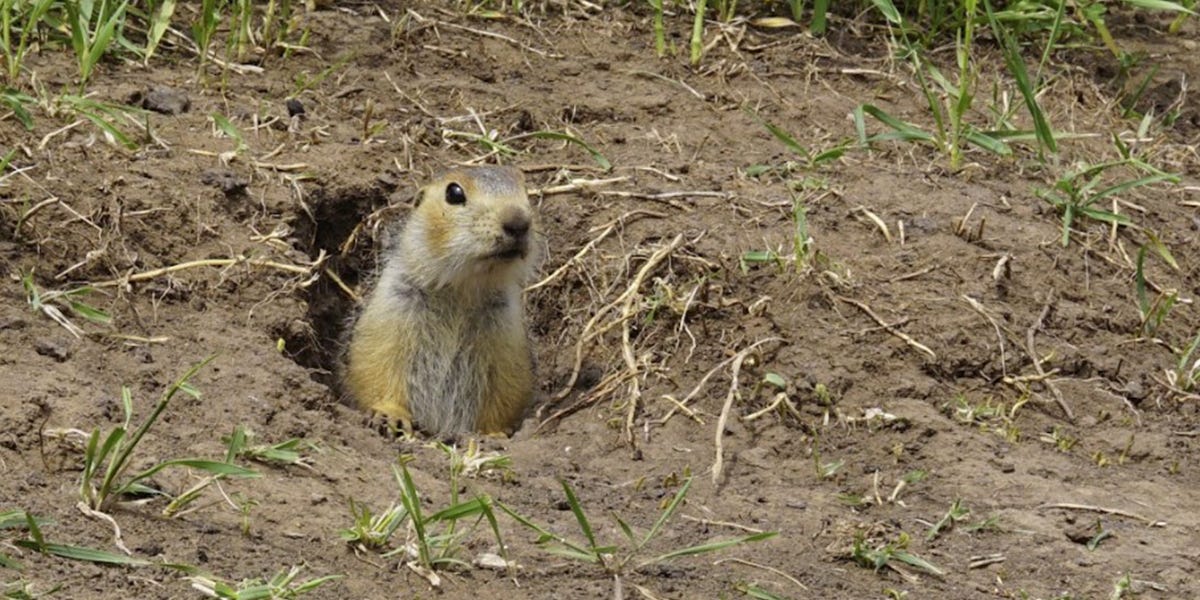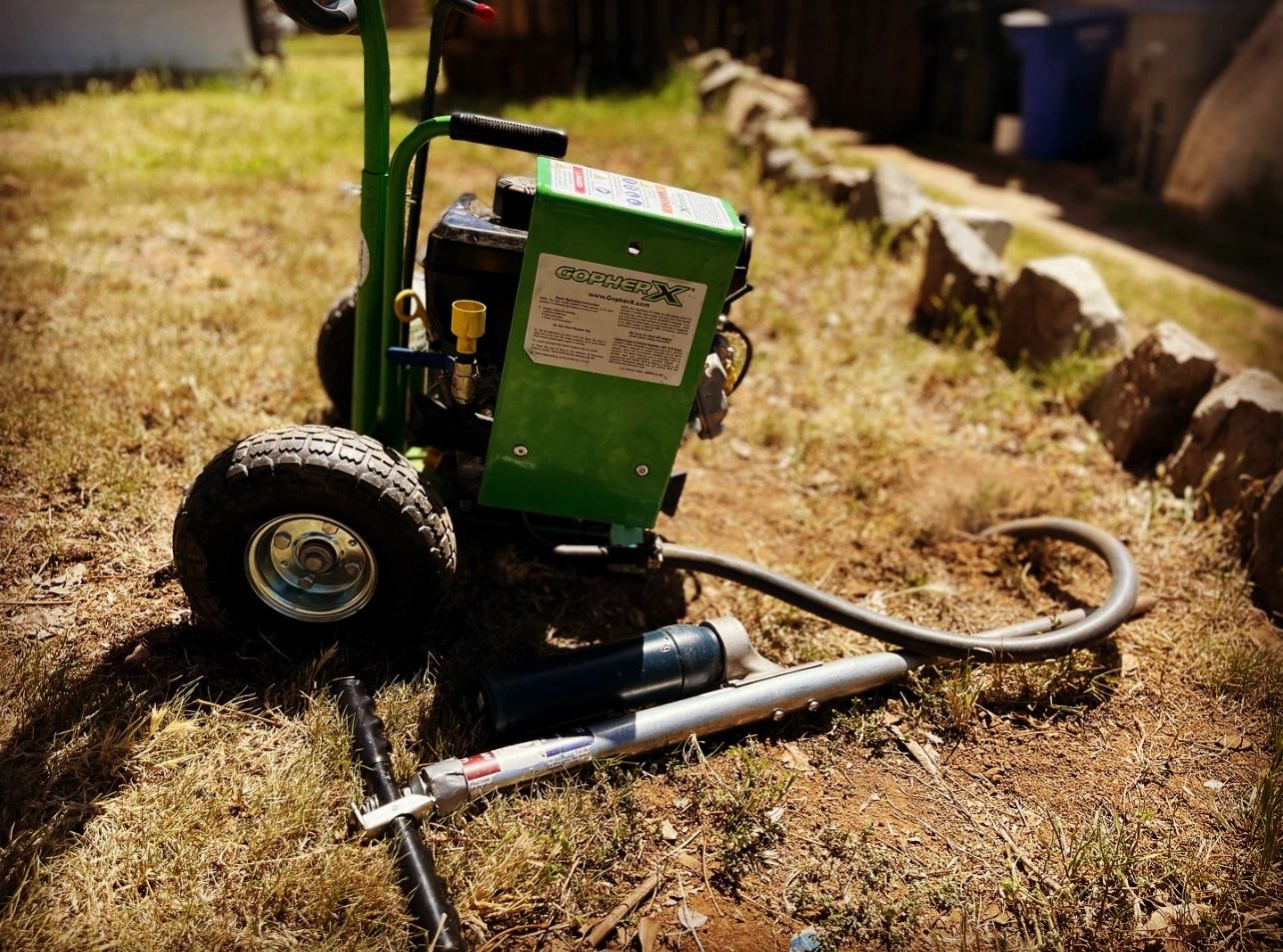Preserve Your Environment-friendly Area: Tackle Gopher Lawn Damages Head-On
Preserve Your Environment-friendly Area: Tackle Gopher Lawn Damages Head-On
Blog Article
Ultimate Parasite Control Solutions for Tackling Persistent Gopher Problem Issues
In the world of parasite control, gophers offer a distinct obstacle due to their relentless nature and destructive behaviors. Home owners and garden enthusiasts typically discover themselves locked in a fight of wits with these underground bugs, looking for efficient options to recover their outside spaces. While the quest for gopher control may appear daunting, there exist targeted techniques and tools that can turn the trend in favor of those looking for reprieve from these delving nuisances. By exploring a thorough approach that encompasses understanding gopher habits, utilizing specialized trapping approaches, harnessing repellents, and embracing lasting avoidance methods, a path towards efficient gopher monitoring arises. The trip towards achieving peace of mind despite gopher problems begins with a deliberate and enlightened technique.
Recognizing Gopher Habits Patterns
Examining gopher behavior patterns provides beneficial understandings right into their preferences and behaviors, aiding in the growth of effective bug control techniques. Recognizing how gophers behave is vital in devising successful bug monitoring plans.
Gophers are delving rodents recognized for their extensive tunneling activities. gopher control. By observing their actions, scientists have uncovered that gophers are territorial creatures, with each gopher commonly occupying its very own passage system. These passage systems offer different objectives, including nesting, food storage, and protection from killers
Moreover, gophers exhibit certain feeding patterns, choosing origins, tubers, and other underground plant parts. By understanding their dietary preferences, parasite control professionals can strategically bait catches or execute repellents that target these food sources, efficiently lowering gopher populaces.
Moreover, gophers are most active during particular times of the day, normally morning and late afternoon. This understanding can assist in scheduling parasite control activities for maximum efficiency. Generally, a thorough understanding of gopher behavior patterns is crucial for carrying out targeted and efficient insect control actions.
Effective Catching Strategies
Comprehending one of the most reliable capturing strategies is crucial for efficiently handling gopher infestations and lessening damages to property. When handling gophers, traps are a humane and efficient technique for control. Among the most commonly made use of traps is package trap, which captures gophers to life so they can be released elsewhere. Placing catches in active tunnels is essential for success. Recognize energetic tunnels by weighing down the ground; those repaired over night are active. Establishing traps at passage entries or generally passage itself raises the chance of capturing gophers. It is essential to examine traps frequently to guarantee trapped gophers do not experience and to get rid of caught gophers without delay. In addition, correctly preserving catches by cleansing and resetting them enhances their effectiveness. When using catches, perseverance is essential as it might take a while to catch all the gophers. By using these efficient capturing methods, building proprietors can effectively handle gopher invasions and protect their landscapes.
Using Repellents and Deterrents
To enhance the effectiveness of capturing methods in taking care of gopher problems, home proprietors can check out the use of repellents and deterrents as additional devices in their insect control toolbox. Repellents work by emitting smells or tastes that gophers locate unpleasant, driving them away from treated locations. Typical repellents consist of castor oil-based products, predator pee, and garlic-based sprays. These repellents develop an obstacle that inhibits gophers from entering yards or excavating up yards. Deterrents, on the other hand, objective to make the environment much less eye-catching to gophers by using resonances or sound to imitate killers or produce disturbances that make the location inhospitable for gophers. Solar-powered tools that give off sonic pulses or shaking risks can help discourage gophers from settling in certain places. When including repellents and deterrents right into a pest control strategy, it is crucial to follow application directions carefully and consistently reapply the products to preserve their effectiveness in preventing gophers from creating damage to residential properties.
Implementing Natural Control Techniques

An additional all-natural control approach involves making use of traps. Gopher traps can be positioned purposefully in active passages to capture and eliminate the parasites. These catches are a humane way to manage gopher populations without considering poison or damaging chemicals. Moreover, mounting underground obstacles made of cable mesh or hardware towel can aid protect against gophers from going into details locations like lawns or yards. These barriers disrupt their tunneling activities and discourage them from creating more damages. By combining these natural control approaches, it is possible to efficiently manage consistent gopher problems in a green way.
Integrating Long-Term Avoidance Strategies
To develop lasting control over gopher infestations, it is crucial to incorporate positive steps that concentrate on protecting against future occurrences. Executing long-lasting avoidance methods can significantly lower the chance of gopher re-infestations. One efficient method is to set up underground barriers made from wire mesh or equipment towel around at risk areas like grass or gardens. These obstacles act as a physical deterrent, visit their website stopping gophers from burrowing right into these rooms. Furthermore, frequently evaluating and repairing any type of existing barriers can aid preserve their efficiency in time.
Gophers are brought in to locations with abundant food resources like light bulbs, roots, and plants. gopher control. By integrating these positive procedures into your bug control technique, you can create an aggressive setting for gophers, eventually reducing the probability of future invasions.

Verdict
Finally, attending to gopher problems requires a detailed strategy that integrates capturing methods, repellents, natural control techniques, and long-lasting avoidance methods. By recognizing gopher actions patterns and using a mix of these remedies, home owners can properly manage persistent invasions and prevent future events. It is necessary to continually maintain these bug and keep an eye on control procedures to make certain a gopher-free setting.
By checking out a detailed approach that includes understanding gopher habits, utilizing specialized trapping approaches, utilizing repellents, and embracing long-lasting prevention techniques, a course in the direction of effective gopher administration arises. By observing their habits, researchers have uncovered that gophers are territorial creatures, with More Info each gopher commonly occupying its own tunnel system. It's crucial to check traps regularly to make sure trapped gophers do not endure and to get rid of caught gophers promptly. Deterrents, on the various other hand, goal to make the atmosphere less appealing to gophers by making use of resonances or sound to imitate killers or develop disturbances that make the area unwelcoming for gophers. In addition, planting specific greenery that gophers disapproval, such as castor bean plants or gopher spurge, can act as next a deterrent.
Report this page